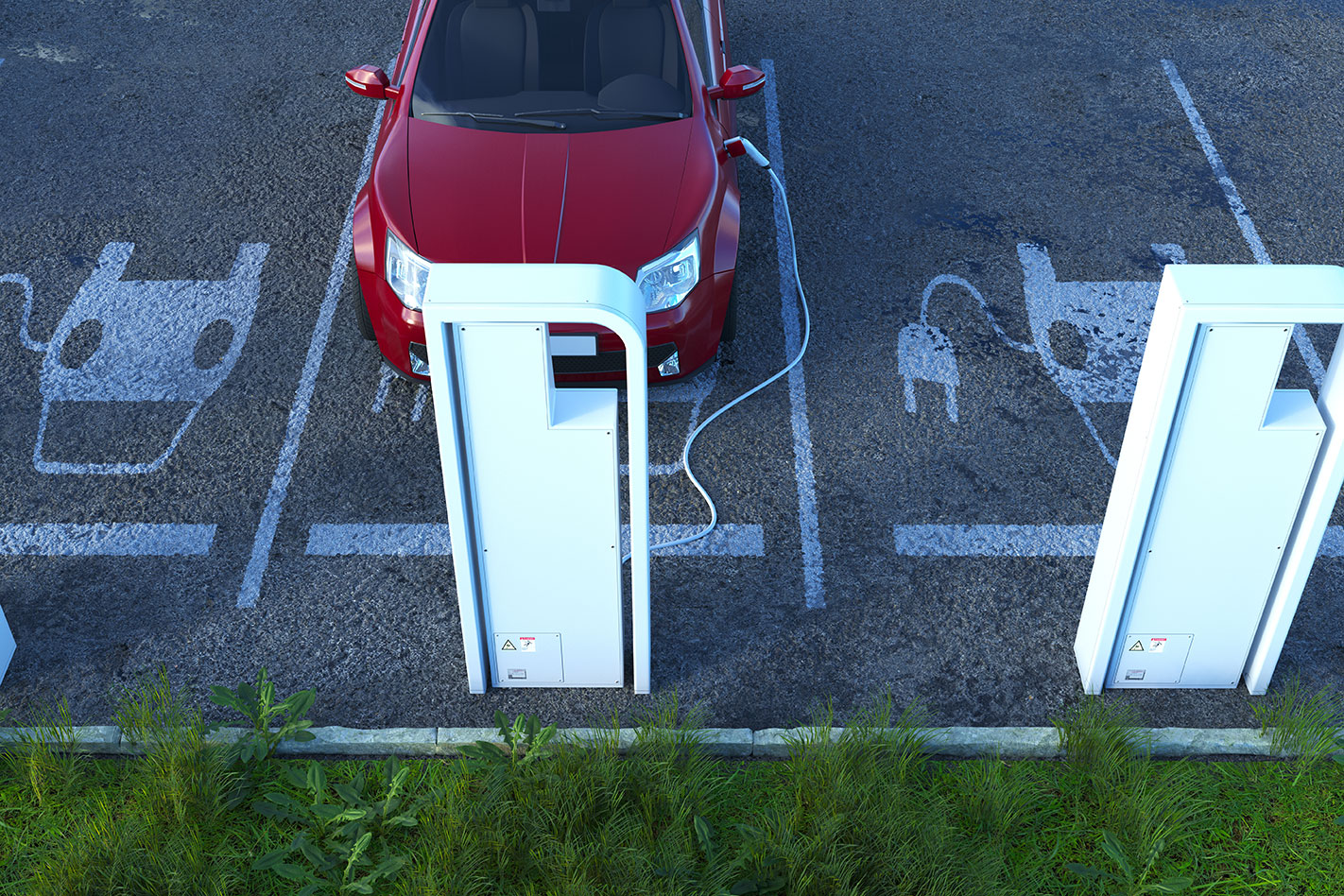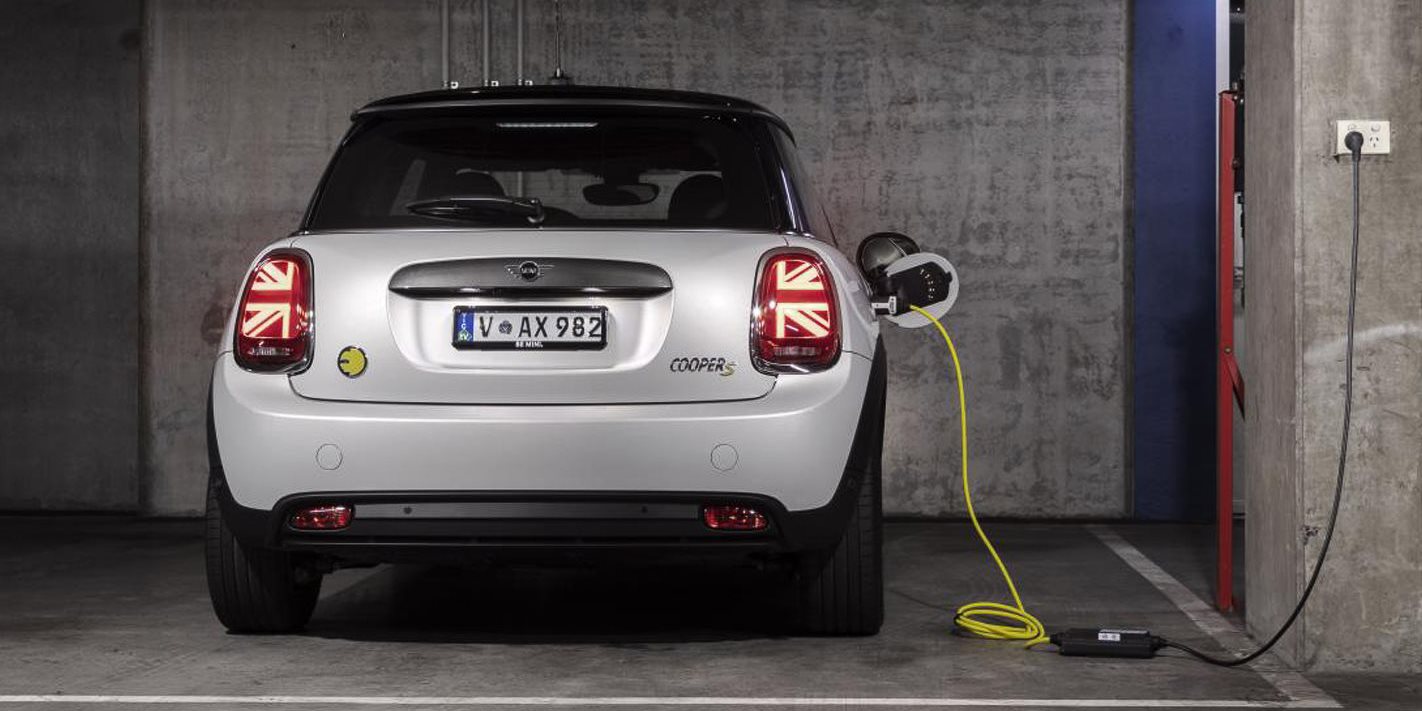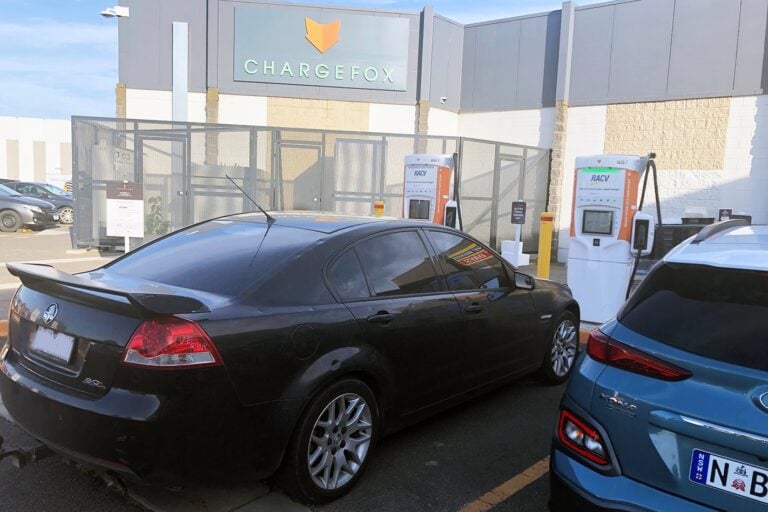
Monash University researchers have released a future energy study, finding Australians believe public electric vehicle chargers are an “eyesore” – despite admitting more public infrastructure is needed and charging at home is most preferred.
Snapshot
- Study reveals Australians dislike the look of public EV chargers;
- Concede more infrastructure needed
- Participants preferred to charge at home using solar
- Emergence of EV charging inequities in urban, rural areas
“Our foresights suggest that households will want fully charged vehicles every morning, electric vehicle ownership will likely be higher where there is better charging infrastructure, and future drivers will be more dependent on battery services and roadside assistance,” lead author and academic Professor Sarah Pink said.
The Melbourne-based university studied 72 households in Victoria and New South Wales, and used secondary data and reports.
Key findings
The Monash-led study reveals there’s a unanimous belief that most EV charging would be done at home overnight to have a full battery at the start of every day.
Participants prefer to utilise rooftop solar panels at home and charge during the day for those who work from home or tradies who get home by 3pm to enable early afternoon EV charging, especially in rural and regional areas
Public EV chargers were perceived as bulky, ugly and “eyesores”; participants didn’t want them to disrupt local life spaces like parks and shopping centres. But, respondents concede more public charging stations are needed at health, leisure centres and supermarkets to top-up while doing everyday errands.

EV Buyer’s Guide: Electric Vehicles Under $65K Ranked – The Best and The Rest
Welcome to part one of three price-based EV buying guides, this one focused on the most affordable electric cars available in Australia today
When topping-up charging or selling electricity back at public stations as part of vehicle-to-grid (V2G) systems, Australians envisioned that they would receive loyalty scheme rewards or discounted charging rates in return. Automated plug-in or wireless charging stations were also welcomed to improve convenience.
Interest in big EV charging hubs and spaces for switching to alternative transport modes like at a train station car park, with the ability to book spots ahead of time was also mooted. The study reveals the need for more roadside assistance providers to provide fast DC charging support when stranded (rather than trickle charging currently).
It also points to the fact that electric cars won’t only draw in environmental- or cost-conscious Australians, as more consumers will be interested in technology, acceleration and other features instead.

Charging inequality emerging
However, the report also emphasised that uneven access to public EV charging infrastructure will lead to new inequalities. For example, not all apartment dwellers can plug-in their electric cars and retirement villages don’t offer car parking spaces for residents.
People living in rural areas also lack alternative public transport modes and those who need to travel longer distances to access facilities (eg: medical appointments), but can’t charge their car prior to leaving or at the destination may be disadvantaged.
Personal EV ownership was also questioned for urban residents, who prioritise convenience, with the everyday challenge of finding parking and charging proving a barrier to adoption.
We recommend
-
 Advice
AdviceEV Charging Explained: Home & public charging, speed & plugs
Sponsored by GET Electric, this is a go-to guide to understand charging an EV at home or on the road
-
 Features
FeaturesEV Guide: Home charging your electric car
When your garage becomes your new favourite fuel station
-
 News
NewsNon-EV drivers who block charging bays face fines
Victoria has become the first state to make it an offence to wrongly park in an EV charging bay




